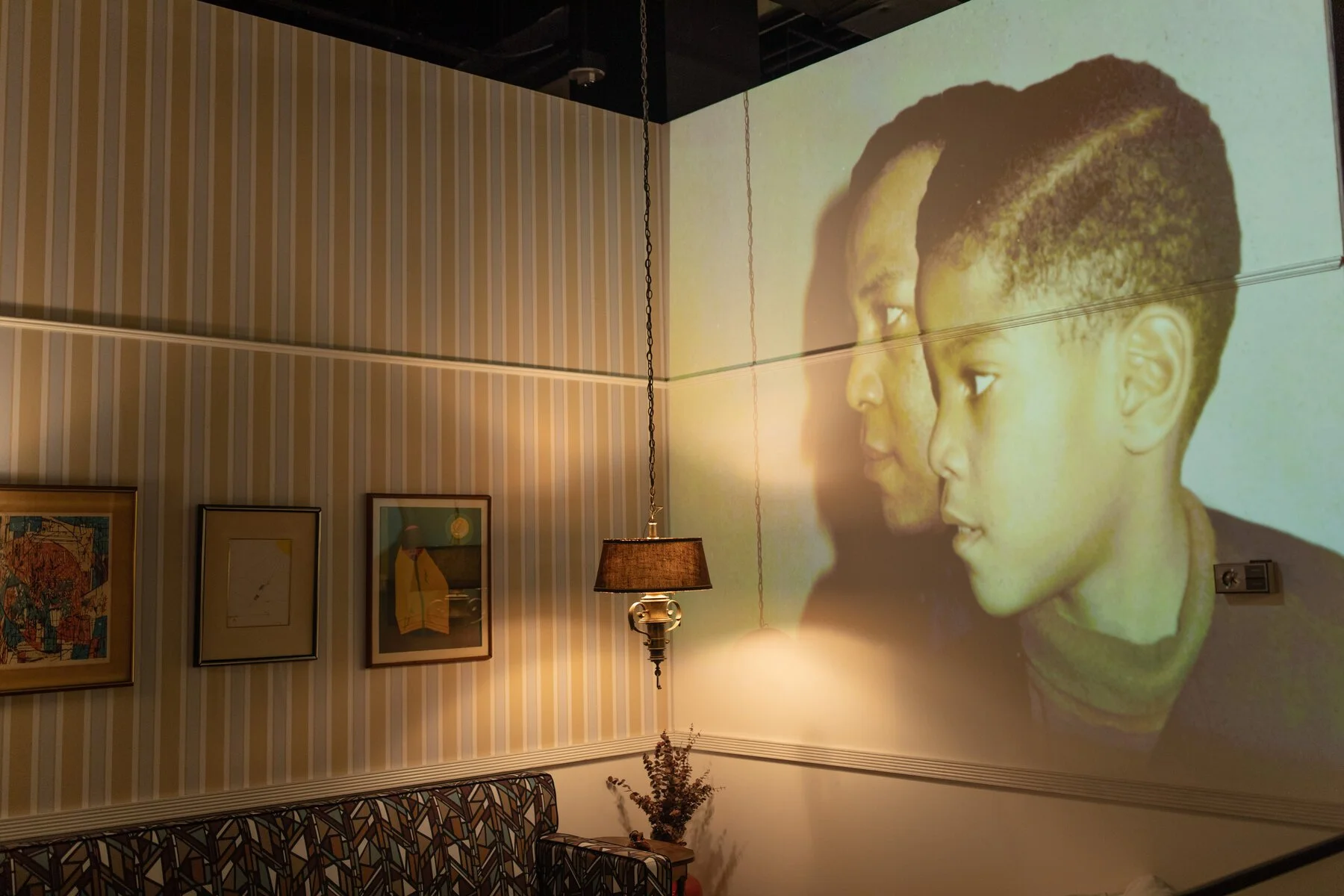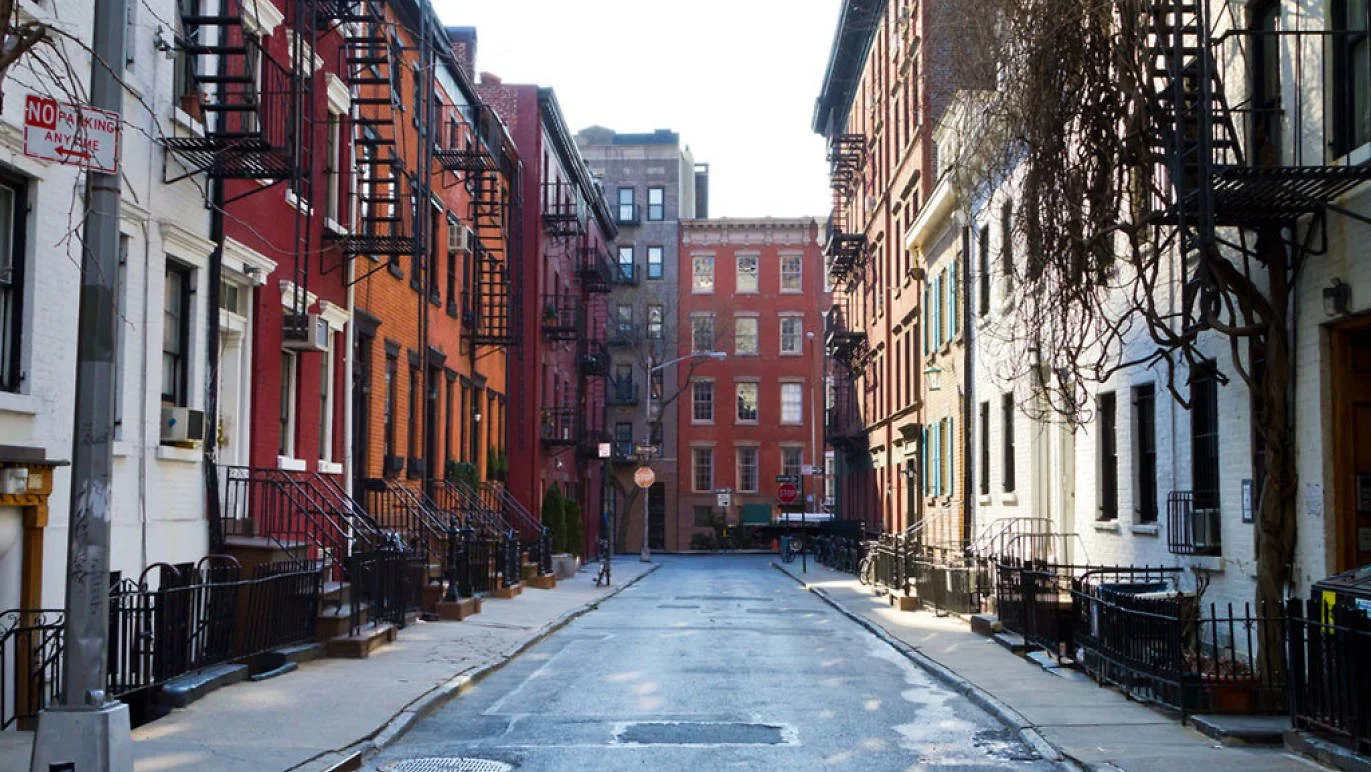Will the crowds be enough to recoup months of lost revenue?
Inside the Good Room, a nightclub in Greenpoint, Brooklyn — people were dancing to techno, sweating off their makeup and mingling with strangers. It was just your usual Friday night. Things seem almost normal.
Things may seem somewhat 'back to normal' for its patrons, but the club, which reopened in September, is struggling. Its managers, thrilled with the revived business, still have to pay back 18 months of back rent, maintenance, and reopening costs, all of which totals about $500,000.
The Good Room is not alone in its predicament. Many New York City clubs that have survived the pandemic are seeing large crowds now but are still plagued by debt and uncertain futures. Many have had to turn to holding fund-raisers or needed to rethink their business models, while others have shut down entirely.
Good Room in Greenpoint, Brooklyn, is busy every weekend but is deeply in debt. Credit | Lanna Apisukh for The New York Times
The entertainment and nightlife industry is the backbone of the city, without its recovery, the city can't fully recover either.
A study published in 2019 by the Office of Nightlife found out the economic impact of the local industry in 2016, the most recent year data, that across all five boroughs, the nightlife produced nearly 300,000 jobs and over $35 billion in total economic output.
Few government grants have been available for clubs and bars. Shuttered grants worth more than $1.3 billion were distributed to nearly 900 recipients across New York City. However, Good Room's application and appeal were denied and applications were no longer being accepted.
Trans-Pecos, an avant-garde music menu in Ridgewood, Queens, did receive a Shuttered grant. Yet even with the funding and a booming business now, both indoors and outdoors, the club still owes about 14 months of back rent. Since they had a large outdoor space, they were able to partly reopen in the summer of 2020, much earlier than many other nightlife spots. It even held its own fundraisers for other clubs, including Our Wicked Lady and Baby's All Right.
“It’s such a labor of love””
There’s more to this story
Image Credit | Lanna Apisukh for The New York Times
we know you care about your nightlife so…













